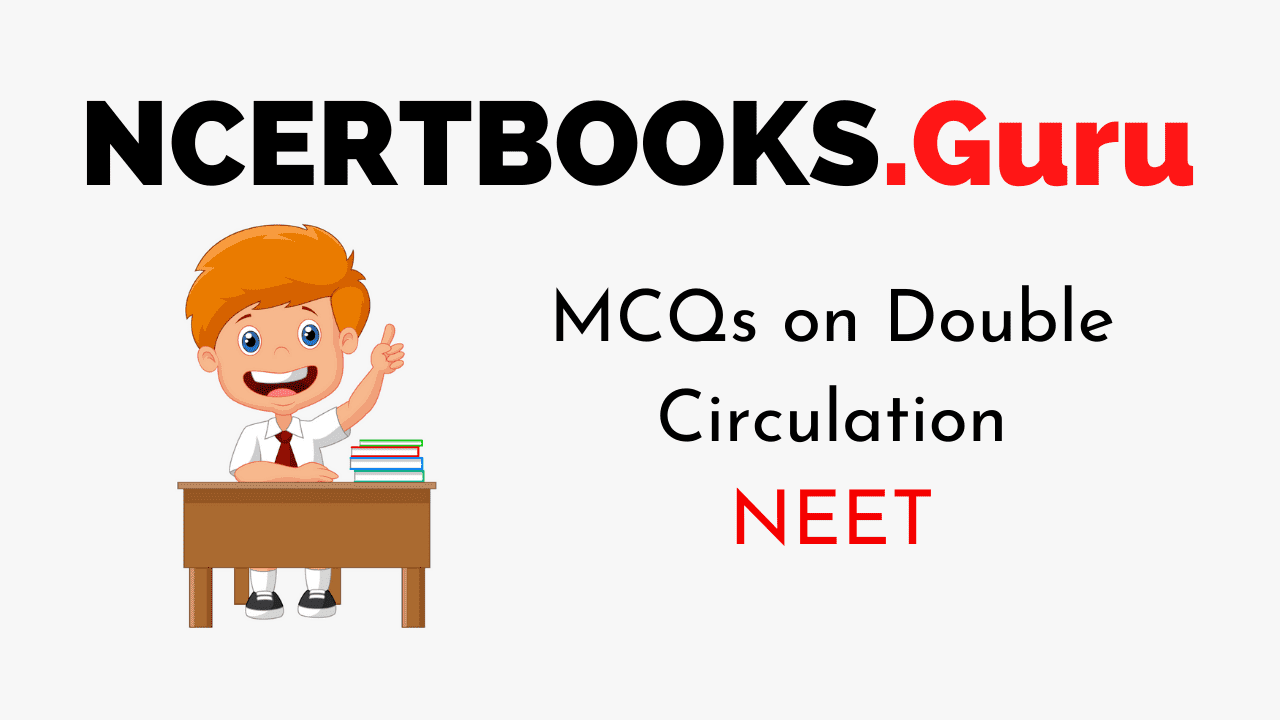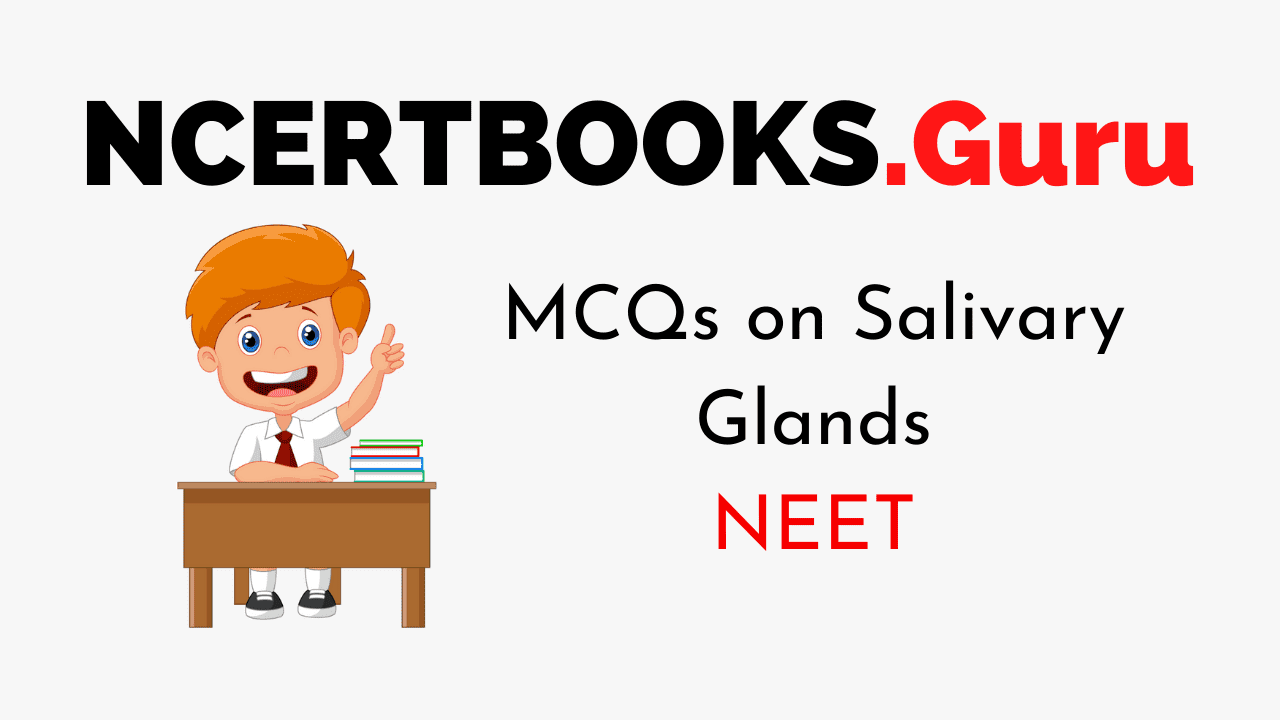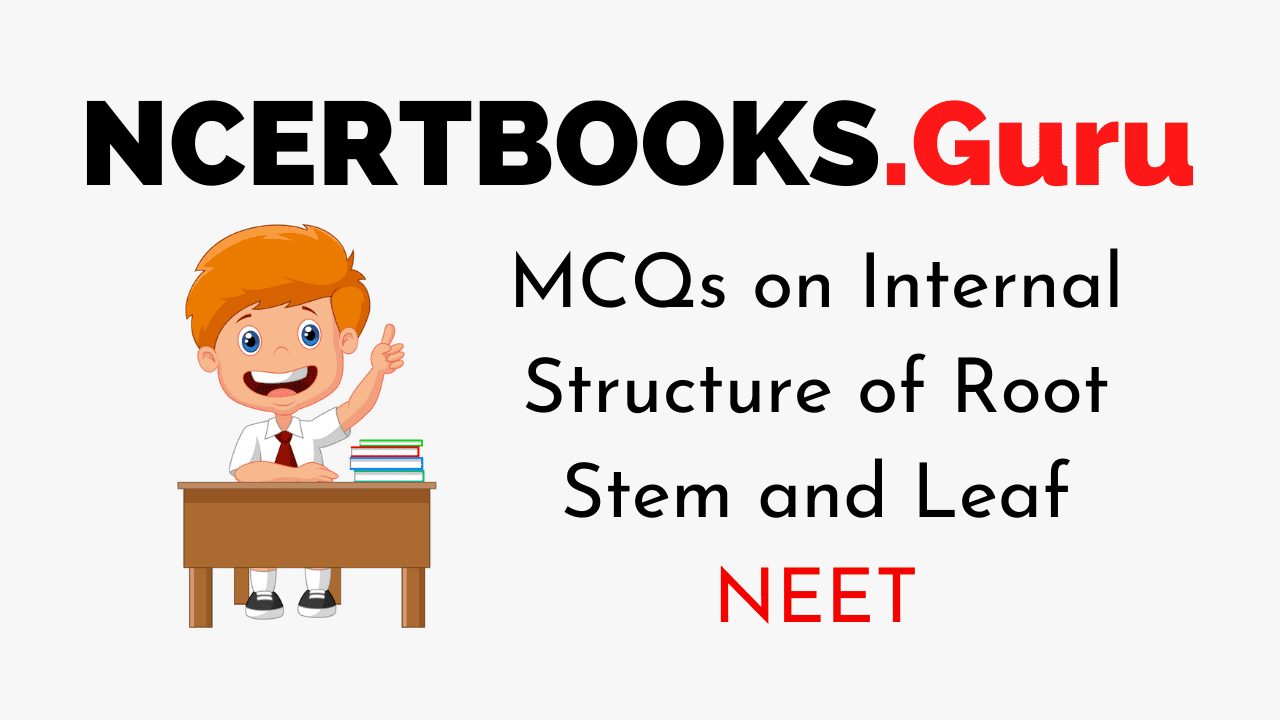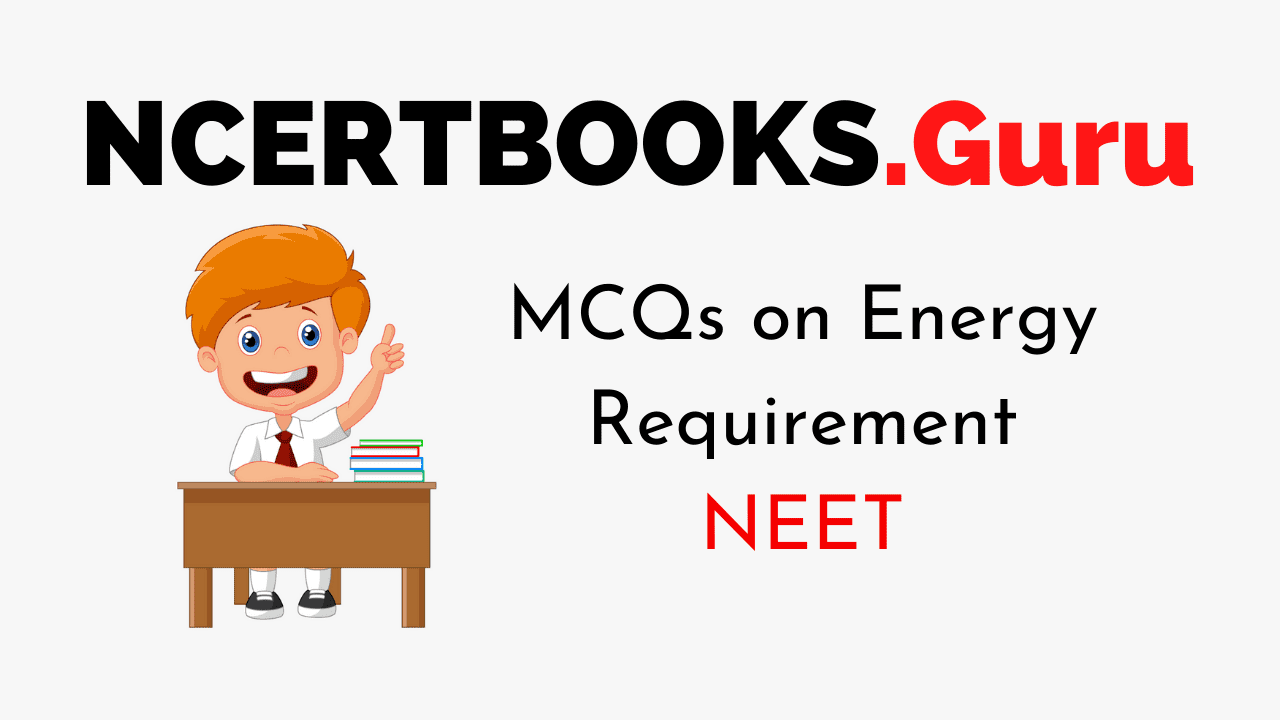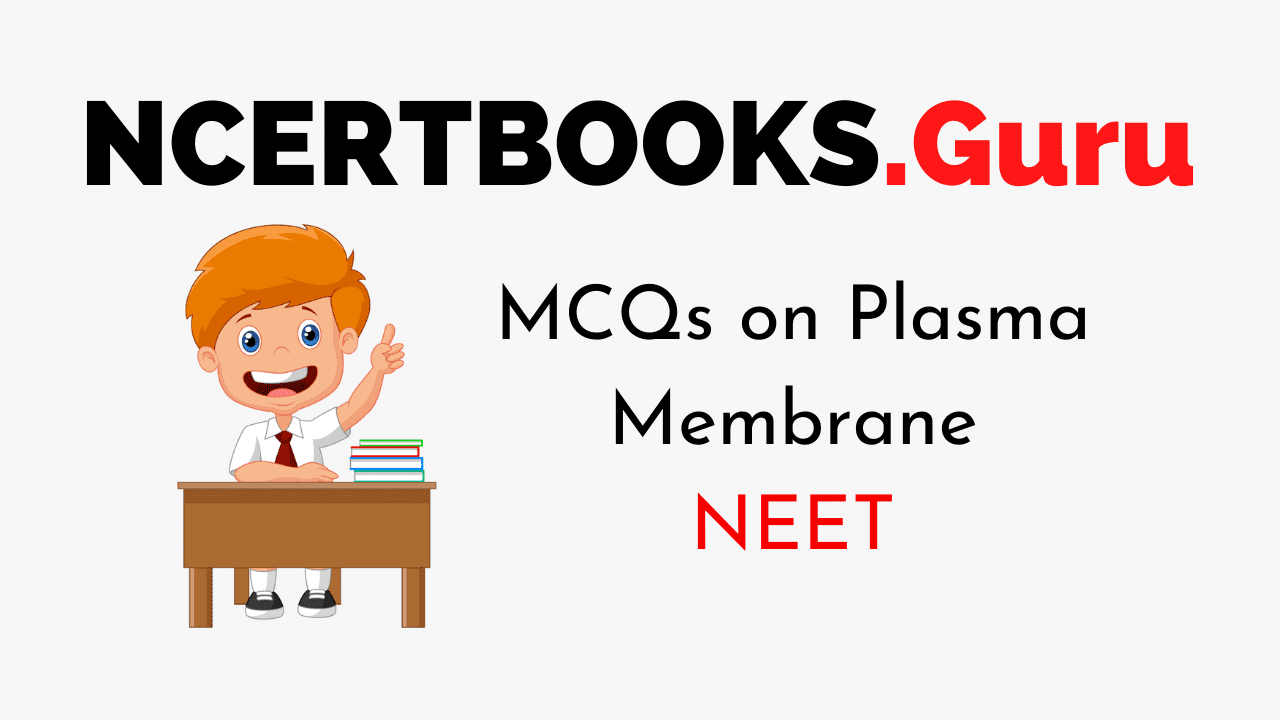NEET Biology is the scoring paper in the medical entrance examination. Here, you will discover the NEET Biology MCQ Questions for all Concepts as per the latest syllabus. Practice more on a regular basis with these NEET Biology objective questions on air pollution and improve your subject knowledge & problem-solving skills along with time management. NEET Biology Double Circulation Multiple Choice Questions make you feel confident in answering the question in the exam & increases your scores to high.
MCQs on Double Circulation
1. Identify the correct statement
(a) Double circulation is characteristic of all vertebrates
(b) Volume of blood in pulmonary circulation is more than the volume of blood in systemic circulation at any instant
(c) blood pressure in pulmonary circulation is less than that of the systemic circulation
(d) a double aortic arch is seen in birds and mammals
Answer
Answer: (c)
2. The hepatic portal vein drains blood to the liver from
(a) stomach
(b) heart
(c) intestine
(d) kidneys
Answer
Answer: (c)
3. Identify the incorrect statement
(a) occurs only in mammals
(b) occurs in all vertebrates
(c) is composed of systemic circulation
(d) is composed of pulmonary circulation
Answer
Answer: (b)
4. Pick the most appropriate statement(s) as part of explanation for this statement – “Adult human RBCs are enucleate”.
I. Their internal space is available for oxygen transport
II. They are somatic cells
III. They do not need to reproduce
IV. They do not metabolise
(a) Only (I)
(b) Only (II)
(c) (I), (III) and (IV)
(d) (III) and (IV)
Answer
Answer: (a)
5. Blood pressure in the pulmonary artery is
(a) same as that in the aorta
(b) less than that in venae cavae
(c) more than that in the carotid
(d) more than that in the pulmonary vein
Answer
Answer: (d)
6. A stethoscope is used by doctors for cardiac auscultation. The second sound of each cardiac cycle is heard when
(a) AV node receives signal from SA node
(b) Semilunar valves close down after the blood flows into vessels from ventricles
(c) AV valves open up
(d) Ventricular walls vibrate due to gushing in of blood from atria
Answer
Answer: (b)
7. Blood pressure is maximum in mammalian aorta during
(a) diastole of the right ventricle
(b) systole of the left atrium
(c) diastole of the right atrium
(d) systole of the left ventricle
Answer
Answer: (d)
8. A patient admitted to the hospital with myocardial infarction is immediately administered with
(a) Streptokinase
(b) Statins
(c) Cyclosporin – A
(d) Penicillin
Answer
Answer: (a)
9. Systemic circulation in the cardiac system refers to
(a) carry red oxygenated blood
(b) carry blood to the left side of the heart
(c) carry blood to the right side of the heart
(d) carry oxygenated blood from lungs to heart
Answer
Answer: (c)
10. Oxygenated blood in the cardiac system
(a) leaves from right side of the heart
(b) leaves from left side of the heart
(c) enters lungs from heart
(d) does not leave the lungs
Answer
Answer: (b)
